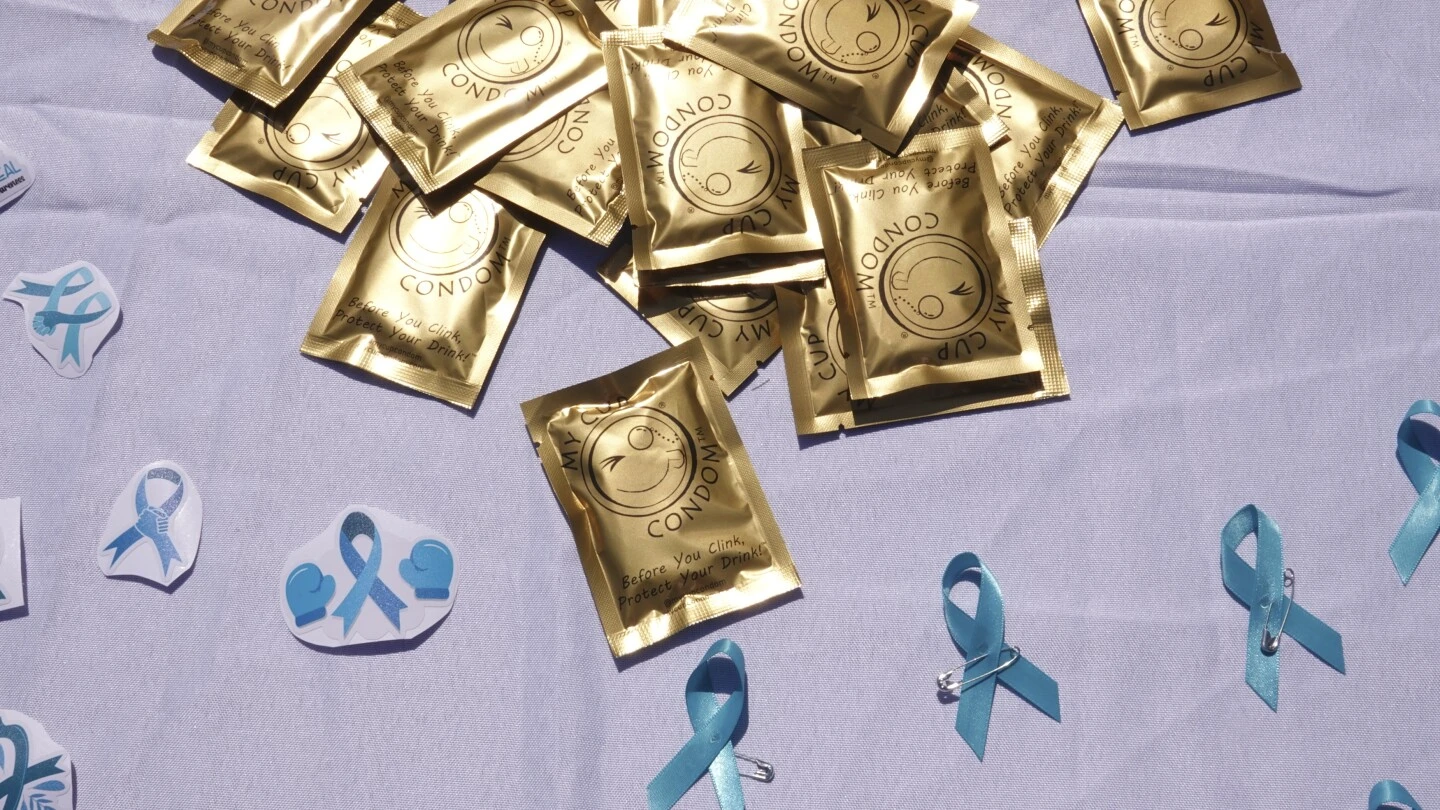- cross-posted to:
- [email protected]
- cross-posted to:
- [email protected]
Fewer young people are having sex, but the teens and young adults who are sexually active aren’t using condoms as regularly, if at all. And people ages 15 to 24 made up half of new chlamydia, gonorrhea and syphilis cases in 2022.
The downward trend in condom usage is due to a few things: medical advancements like long-term birth control options and drugs that prevent sexually transmitted infections; a fading fear of contracting HIV; and widely varying degrees of sex education in high schools.
Is this the end of condoms? Not exactly. But it does have some public health experts thinking about how to help younger generations have safe sex, be aware of their options — condoms included — and get tested for STIs regularly.



For one thing, modern hiv treatments are sufficient to let people live basically normal lives (and more or less stops one from transmitting to sexual partners.)
It’s basically now “just” a chronic condition that requires managing, not a death sentence.
Also, you can take PrEP to avoid catching it in the first place.
Which for the record, you absolutely should do if you’re queer, your partner is queer, or if you engage in high risk behaviors. Asymptomatic HIV is a scary thing.